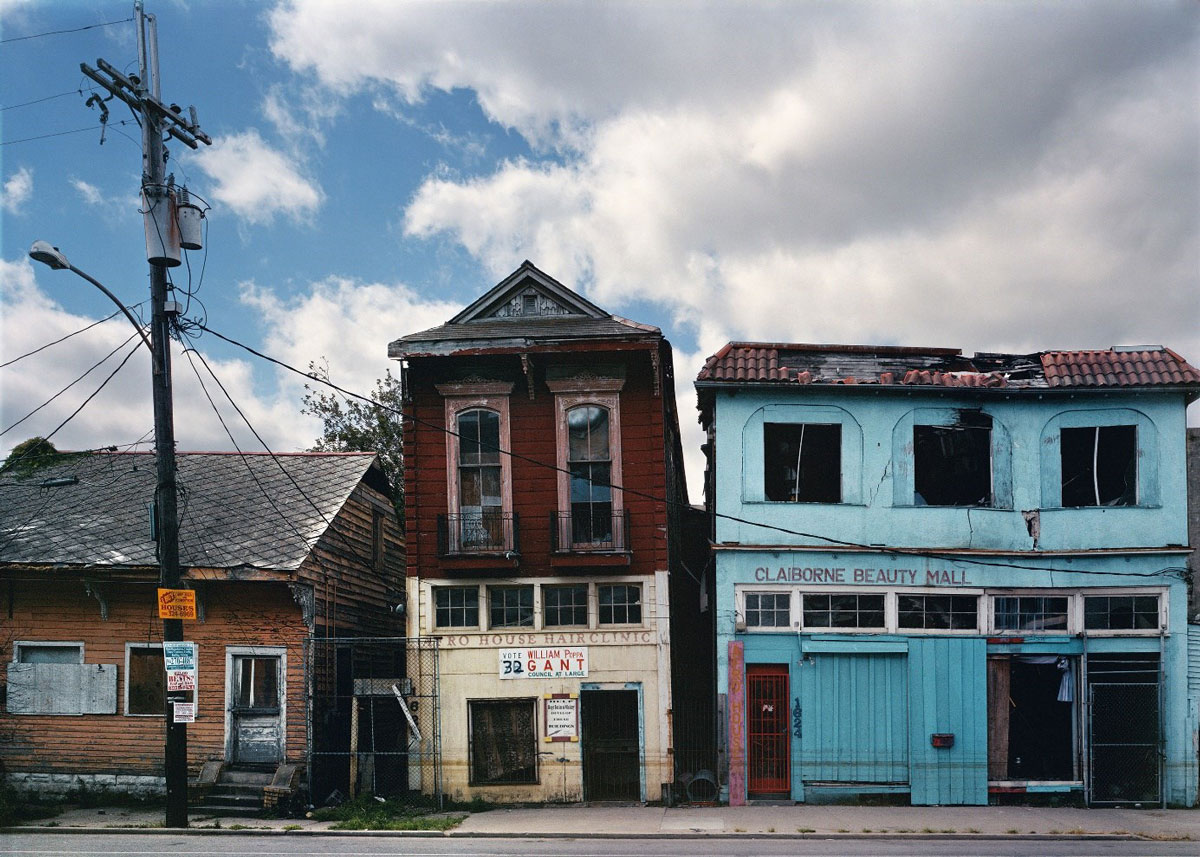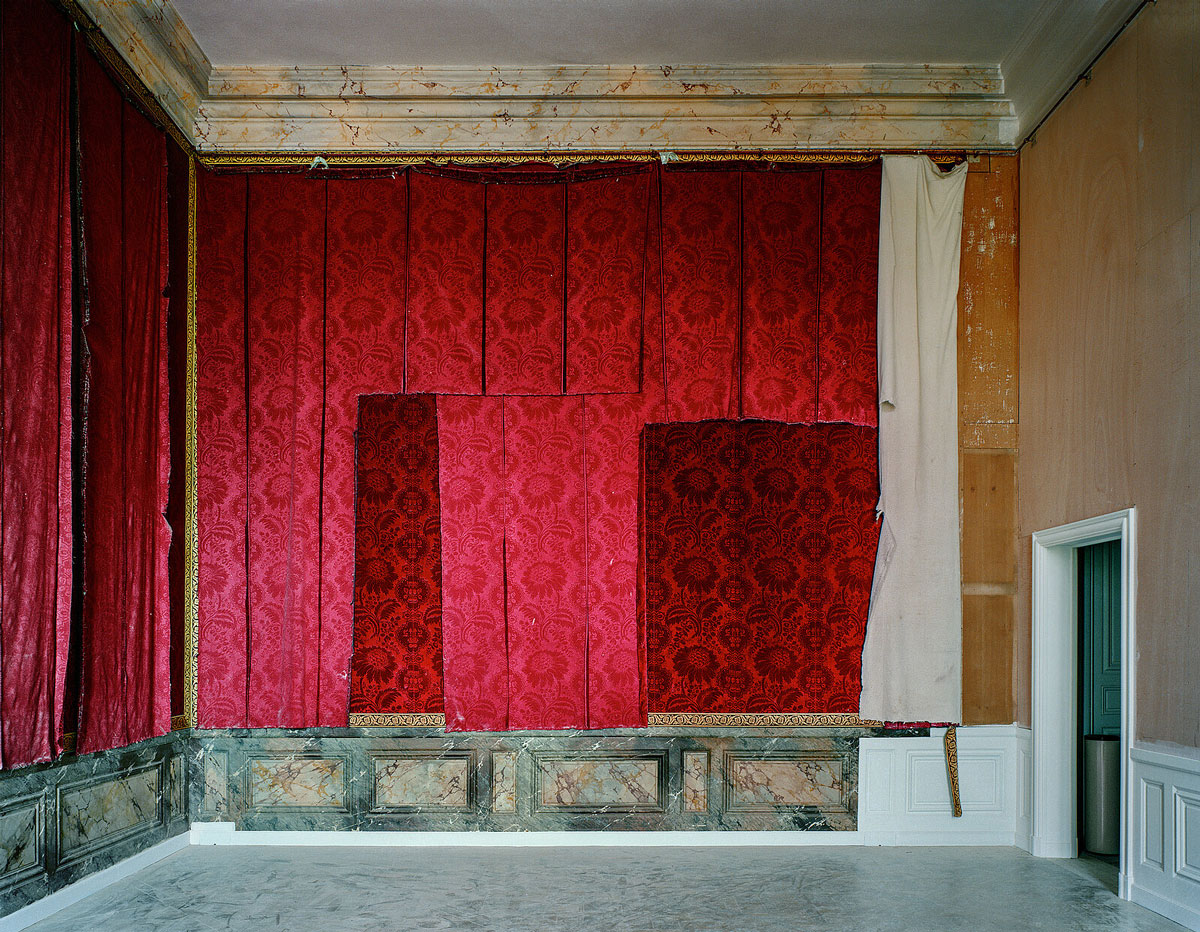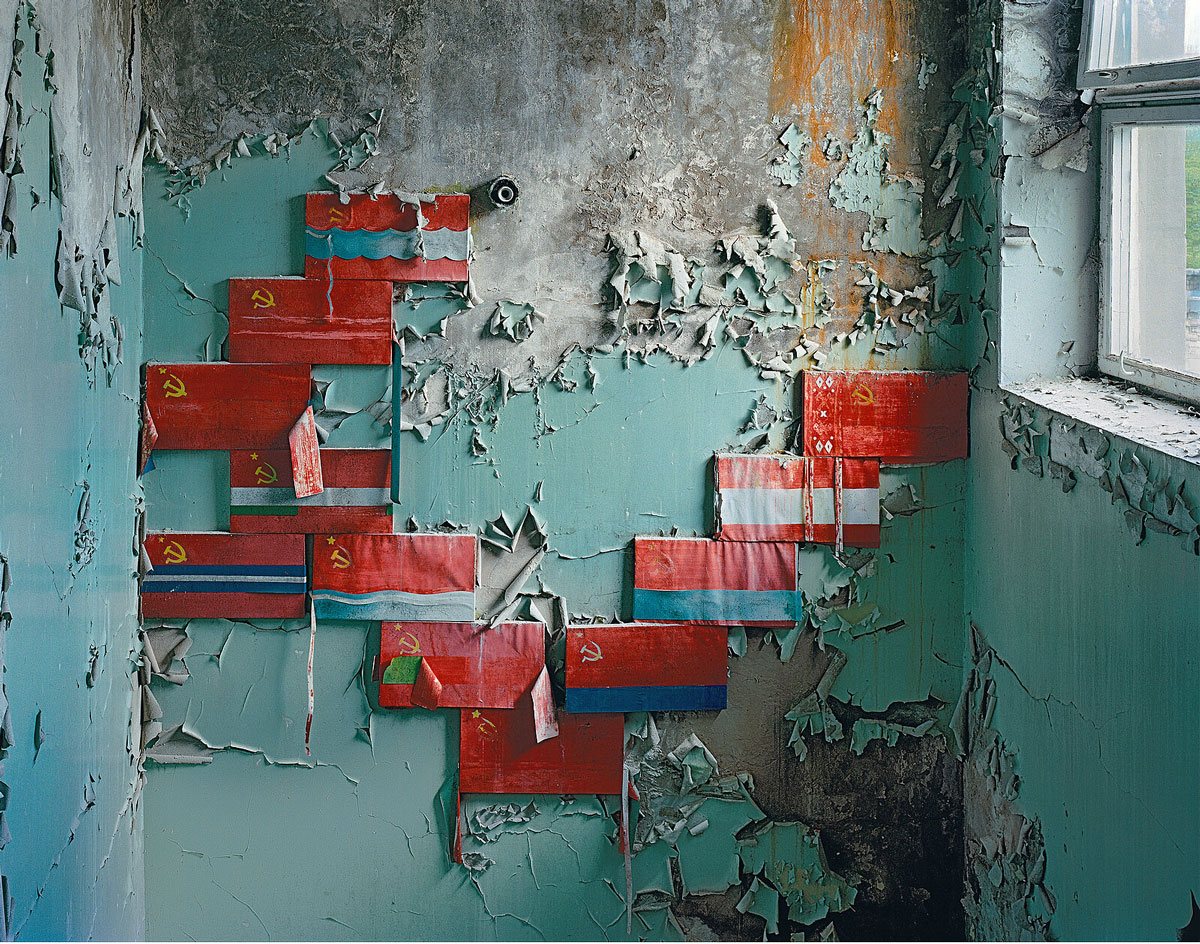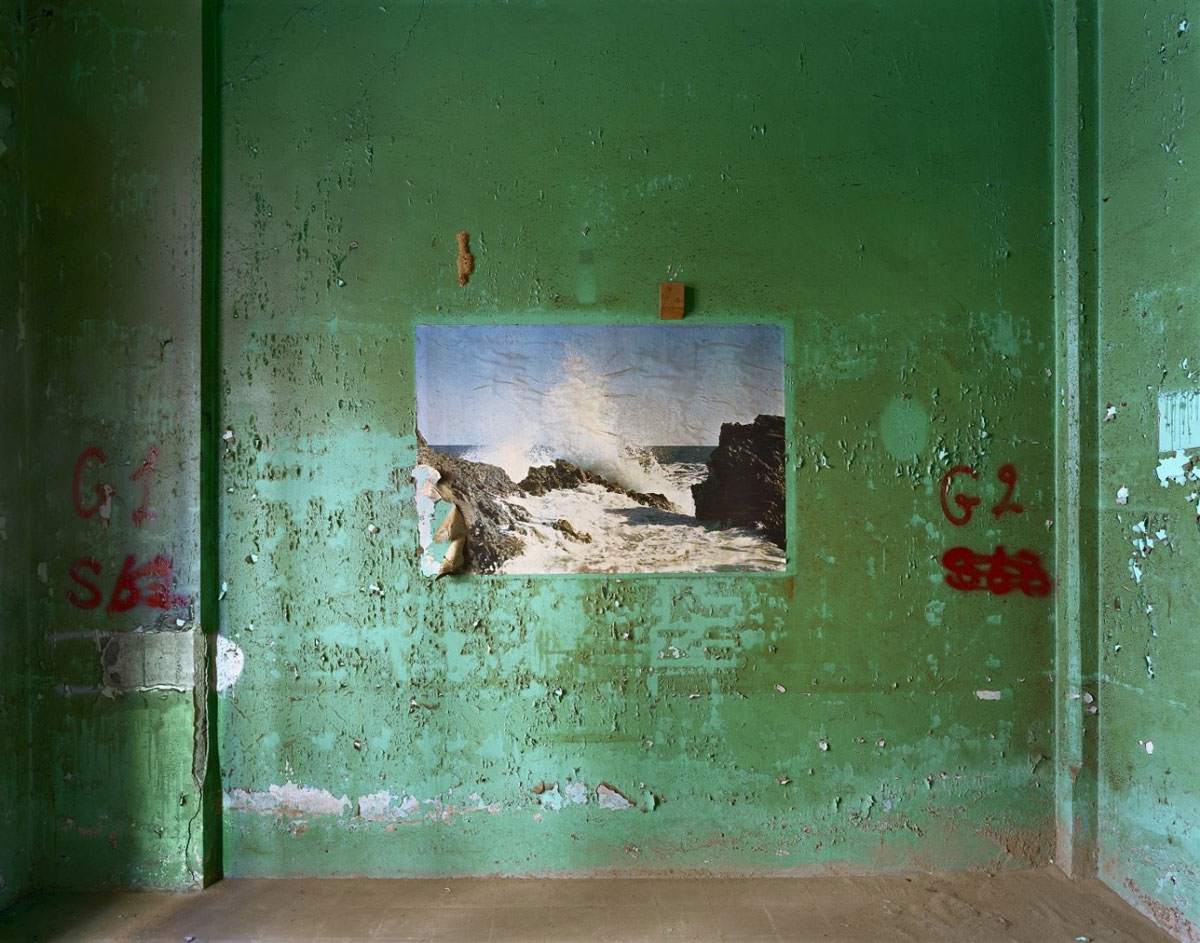PHOTO: Robert Polidori-Photographs
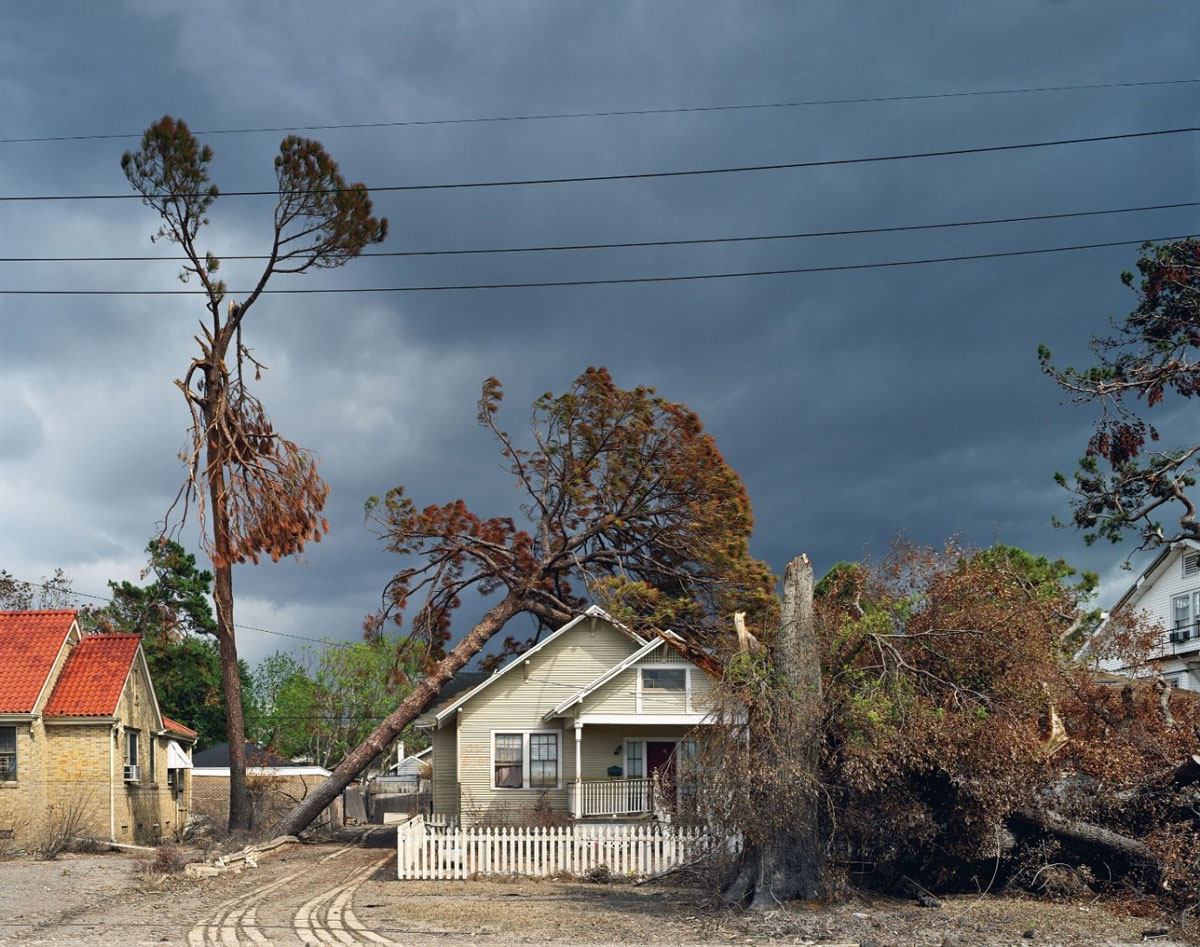 Robert Polidori is known for his large-scale photographs of empty urban environments and interior spaces, often rundown or destroyed. In his photographs, history resonates through architecture that was defined by that vanished presence, sorts of time capsules that jealously guard memories. Polidori himself considers the rooms and places he chooses as “memory theatres” where presence no longer exists. All that remains are the structures, which could disappear forever at any moment.
Robert Polidori is known for his large-scale photographs of empty urban environments and interior spaces, often rundown or destroyed. In his photographs, history resonates through architecture that was defined by that vanished presence, sorts of time capsules that jealously guard memories. Polidori himself considers the rooms and places he chooses as “memory theatres” where presence no longer exists. All that remains are the structures, which could disappear forever at any moment.
By Dimitris Lempesis
Photo: Galerie Karsten Greve
In “Photographs”, his solo exhibition through a selection of photographs taken in Beirut, Versailles, Pripyat and New Orleans, the artist Robert Polidori sheds light on the link between architecture and memory. In his photographs, Robert Polidori captures a troubled, timeless past. Venturing into abandoned or inaccessible places, he documents areas ravaged by time and the seasons, where the memory of the past is tangible. He photographed New Orleans in 2005, in the wake of Hurricane Katrina, a decision taken impulsively at John F. Kennedy International Airport in New York when he was about to board a plane for a completely different destination. There, he discovered apocalyptic scenes. “West End Boulevard, New Orleans, September, 2005” immortalises a small house crushed by trees and dominated by a sinister-looking sky — an image that exudes pathos. Polidori returned to New Orleans in 2006, six months after the hurricane’s deadly rampage. In the titles of his photographs, the place name is always given, as well as the numbers of the empty houses fighting to remain upright. In his works, the human figure, the main victim, is absent, while all these relics gather around it. In “5020 Warrington Street, New Orleans, March, 2006”, viewers feel both that they are the witnesses of a terrible event and trespassers, slipping into a private, intimate place: a symmetrical bedroom with two wardrobes, the abandoned clothes the only sign of its former occupants. That absent presence is what so utterly fascinates Polidori. It is there, too, in his series captured in Pripyat, Ukraine, the strange town built at the beginning of the 1970s to house those working at the Chernobyl nuclear power station and their families. It became a ghost town after the fatal accident that occurred in the early hours of 26 April 1986. Polidori visited 15 years later, in 2001. He discovered architecture that was frozen in time, covered in dust. In “Music Theory Classroom in School #5, Pripyat, 2001”, Polidori thus presents viewers with an old music classroom, identifiable as such through an old piano at the back on the right. On the walls, the paint is flaking and the room is completely buried in dust. The pictures are remarkably clear, an effect the artist was able to achieve by using a large camera. In Beirut, his photographs of Hotel Petra illustrate the way human activities and the passing of time have left their mark on the walls, and how the rooms bear witness to their history. Located in the centre of Beirut, Hotel Petra, once grand and luxurious, was damaged during the civil war in the 1980s and then abandoned. In “Hotel Petra #5, Beirut, 2010”, Robert Polidori reveals a building giving in to the passing of time and embracing decay. As in Pripyat, there are layers of paint flaking off in a superposition of motifs — a slow, almost lascivious, deterioration unfolding with the passing of time. However, as long as the walls still stand, they will hold the memory of their former glory. In a certain way, Robert Polidori views these places as memory capsules. The absence of the human figure emphasises the importance of the architecture that is structured around it. That intention is evident in his photographs of the Château de Versailles, which he started to photograph at the beginning of the 1980s, during the very long renovation and maintenance works. A landmark monument, the Château de Versailles was trodden not only by kings and aristocrats, but also by the countless crowds of tourists that keep it alive today. However, although there were endless luxurious interiors, the artist was just as interested in the oddly bare picture rails, visible in “Salle la surintendance de Colbert, (6) ANR.01.006, “Salles du XVII, “Aile du Nord – R.d.C, Château de Versailles, France, 2007”, as in the rich mouldings and decorations that are artworks in themselves, which feature in “Boiserie detail, Salon d’Angle (Salon de Jeu) de Madame du Barry, Corps Central – 2ème étage, 2007”. The Château de Versailles thus becomes an uninhabited palimpsest, a temple of memory frozen in time. “People always ask, ‘How did you get into photography?’ Through Frances Yates, and her book The Art of Memory, which had a profound impact on me. It traces the history of mnemonic systems, from ancient Greece to the early seventeenth century. I had always thought the natural application of the camera was to serve history — that was its utilitarian function. But one of the things mentioned in The Art of Memory was that students of memory would study empty rooms, a concept the Romans called locus” Robert Polidori explained.
Photo: Robert Polidori, West End Boulevard, New Orleans, September, 2005, C-print (on Fuji Crystal Archive paper) on Dibond, 101.6 x 137.2 cm / 40 x 54 in, Signed verso on label: Polidori, © Robert Polidori, Courtesy Galerie Karsten Greve Cologne, Paris, St. Moritz
Info: Galerie Karsten Greve, 5 rue Debelleyme, Paris, France, Duration: 25/2-29/4/2023, Days & Hours: Tue-Sat 10:00-19:00, https://galerie-karsten-greve.com/
